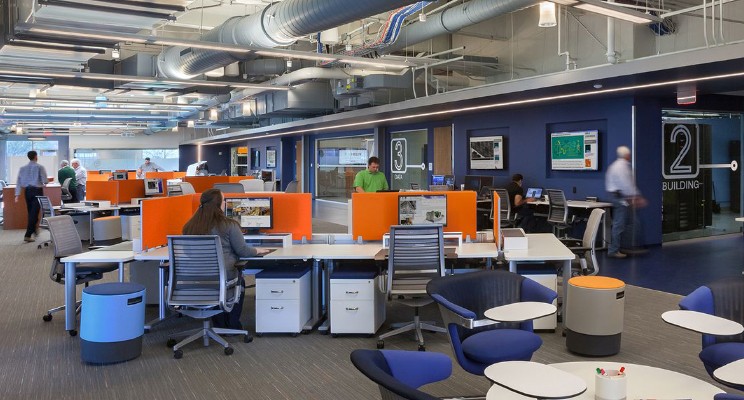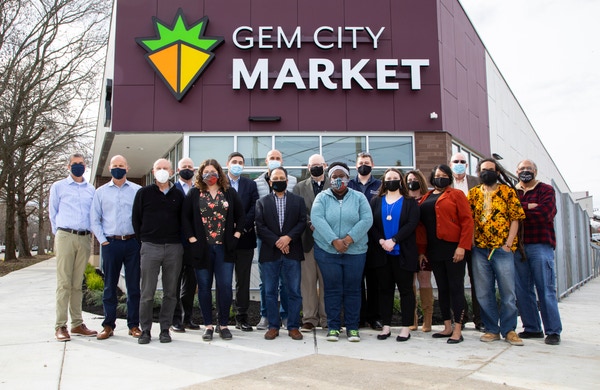The Helix: Bold Collaboration & Disruptive Innovation

When Emerson first opened The Helix Innovation Center, we envisioned it as a catalyst to advance research and drive innovation for the global heating, ventilation, air conditioning and refrigeration (HVACR) industry.
In only a few short years, it has surpassed our best expectations, quickly becoming a place where industry experts can come together and work collaboratively to confront and solve some of the biggest challenges facing not just our industry, but our communities and the entire planet.
A perfect example of this is the work we’ve done at The Helix in regard to sustainable supermarket refrigeration. We recently introduced a new distributed scroll booster refrigeration architecture for retail operators that will help them meet their sustainability goals without introducing unnecessary serviceability complexities.
The Copeland™ scroll booster architecture helps reduce emissions from refrigeration systems by utilizing reduced charges of lower global warming potential (GWP) refrigerants and system design strategies that maximize energy efficiencies. It is designed for maximum application flexibility and optimized for use with a low-pressure refrigerant, R-513A.

This flexible architecture fills an urgent need within the food retail market, which is looking for commercially viable technology and equipment that not only delivers efficiency and simplicity, but also provides a positive impact on the environment. Until now, there has not been a single system architecture that addressed the wide range of sustainability objectives, as well as system cost and long-term serviceability considerations.
The combination of high performance, sustainability and serviceability made the distributed scroll booster an ideal choice for the Gem City Market, a new small-format supermarket that opened this April in a food desert in Dayton, Ohio.
The work being done at The Helix became a focal point for the project as Dayton community members, city officials and commercial refrigeration industry leaders came together to identify a solution that met the market’s financial, operational and environmental sustainability goals. The team ended up designing a custom configuration of the distributed scroll booster system that met the store’s unique footprint, floor plan and refrigeration requirements.

Special thanks to business partners Chemours and Hussmann, and my own company, Emerson, for donating expertise, resources and equipment for this important installation
This is a great example of why we built The Helix. There is no shortage of great ideas, innovative technology and dedicated commitment in the industry. Our innovation center provides an ideal place where are these elements can come together to achieve great things for our industry and our communities.
Rajan Rajendran
Global Vice President - Environmental Sustainability at Emerson Commercial & Residential Solutions
